In a world grappling with the urgent need for environmental conservation, the construction industry has a pivotal role to play in reducing its ecological footprint. As we strive for a more sustainable future, the choice of construction materials becomes paramount. With a multitude of options available, it can be overwhelming to discern the best eco-friendly alternatives. Fear not! In this article, we will delve into the top 10 sustainable construction materials, showcasing their environmental benefits and highlighting their potential to revolutionize the industry. From innovative recycled products to cutting-edge natural resources, get ready to discover the best eco-friendly options that will pave the way for a greener, more sustainable construction sector.
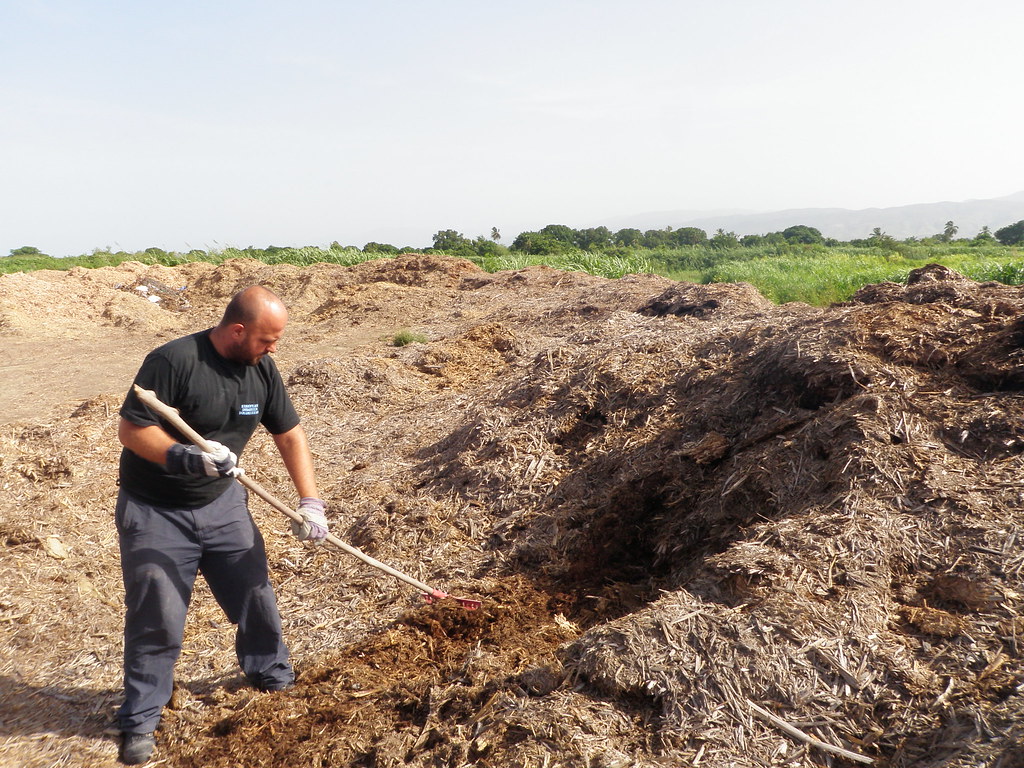
1. Bamboo: Bamboo is a highly sustainable building material due to its rapid growth and renewability. It is strong, lightweight, and can be used for various construction purposes, including flooring, walls, and furniture.
2. Recycled Steel: Using recycled steel in construction reduces the demand for new steel production, which is energy-intensive and contributes to greenhouse gas emissions. Recycled steel can be used for structural elements, roofing, and reinforcements.
3. Hempcrete: Made from hemp fibers mixed with lime, hempcrete is an eco-friendly alternative to traditional concrete. It is lightweight, breathable, and has excellent insulation properties. Hempcrete also absorbs carbon dioxide during its curing process, making it a carbon-negative material.
4. Cork: Cork is a sustainable option for flooring, insulation, and wall coverings. It is harvested from the bark of cork oak trees, which regenerate after each harvest. Cork is a natural insulator, fire-resistant, and has excellent acoustic properties.
5. Recycled Glass: Using recycled glass in construction helps reduce waste and conserves energy. Glass can be crushed and used as aggregate in concrete or as decorative elements in walls and facades. It allows for natural light penetration and adds aesthetic appeal to buildings.
6. Rammed Earth: Rammed earth construction involves compacting layers of soil, clay, sand, and gravel into solid walls. It is a low-energy, durable, and locally available building technique. Rammed earth walls provide excellent thermal mass and can regulate indoor temperature.
7. Reclaimed Wood: Using reclaimed or salvaged wood reduces the need for cutting down new trees. Reclaimed wood can be used for flooring, furniture, and structural elements. It adds a unique character to buildings and promotes sustainable forestry practices.
8. Sheep's Wool Insulation: Sheep's wool is a natural and renewable insulation material. It has excellent thermal and acoustic properties, is non-toxic, and can absorb and release moisture without compromising its insulation performance.
9. Ferrock: Ferrock is a carbon-negative alternative to traditional concrete. It is made from recycled materials, including steel dust and industrial waste, which are bound together using carbon dioxide. Ferrock is durable, fire-resistant, and sequesters carbon dioxide during its curing process.
10. Solar Panels: While not a building material per se, incorporating solar panels into sustainable construction greatly reduces reliance on fossil fuels for electricity. Solar panels generate clean and renewable energy, reducing carbon emissions and energy costs.
Remember that the ranking of these materials may vary depending on specific project requirements and regional availability.
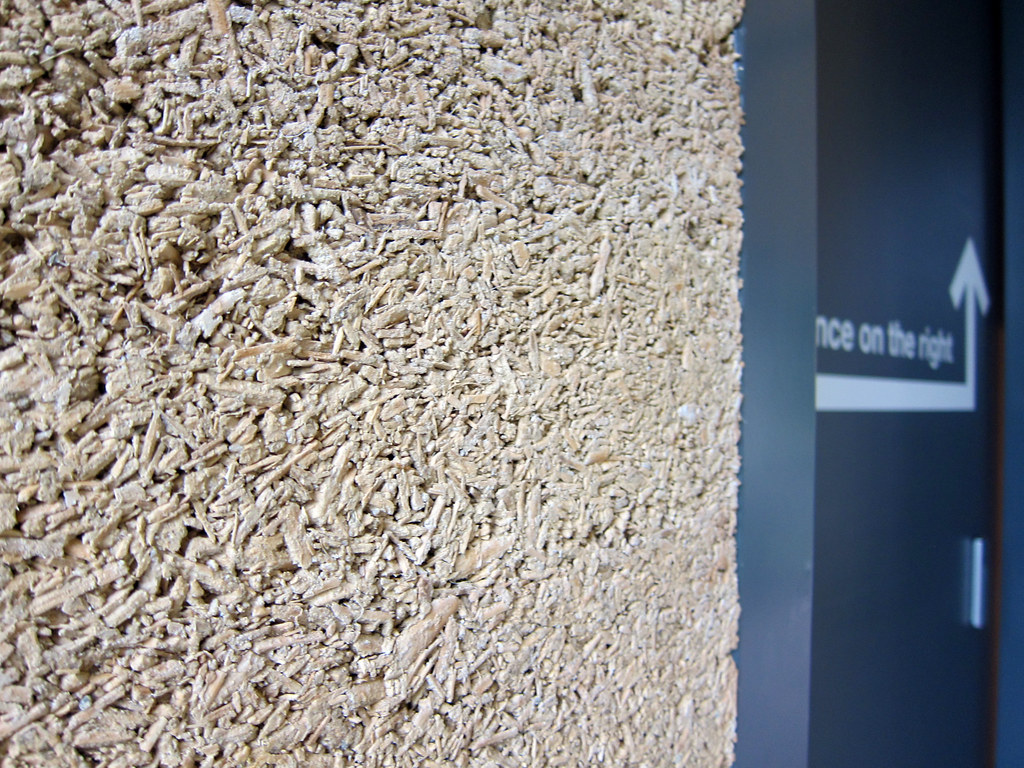
Sustainable construction materials are becoming increasingly important as we strive for a greener future. These materials offer numerous benefits, including reduced environmental impact, improved energy efficiency, and enhanced durability. In this article, we will explore the top 10 sustainable construction materials that are paving the way for a more sustainable and eco-friendly construction industry.
As the construction industry continues to grow, it is crucial to prioritize eco-friendly options for construction materials. By choosing sustainable materials, we can reduce our carbon footprint and create a better world for future generations. In this article, we will delve into the best eco-friendly options for construction materials, highlighting their advantages and showcasing their potential to revolutionize the way we build.
One man's trash is another man's treasure, and this saying holds true in the world of sustainable construction materials. With the increasing focus on sustainability, innovative solutions have emerged that transform waste into valuable construction materials. In this article, we will explore the top 10 sustainable construction materials that are made from waste, showcasing their potential to revolutionize the construction industry and contribute to a more sustainable future.
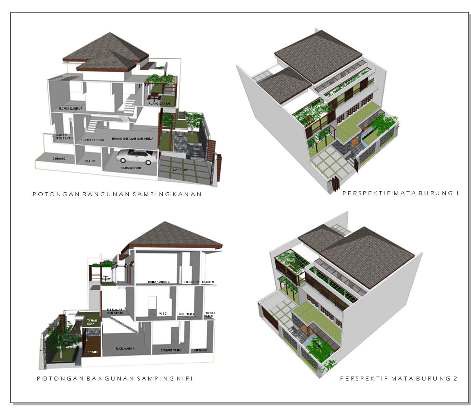
When it comes to building sustainably, choosing the right materials is crucial. In this guide, we will explore the top 10 sustainable construction materials that can help create a greener future. From renewable resources to recycled materials, these options are not only environmentally friendly but also durable and cost-effective.
Are you planning a construction project and want to make eco-conscious choices? Look no further! This ultimate guide will walk you through the best sustainable materials available. From low-carbon concrete to bamboo flooring, we will discuss the benefits and considerations of each option, helping you build responsibly and reduce your environmental impact.
With the growing focus on sustainability, it's essential to choose eco-friendly materials for construction. In this article, we will delve into the top 10 options available. From reclaimed wood to solar panels, these materials not only contribute to a healthier planet but also offer long-term benefits such as energy efficiency and reduced maintenance costs.
As the construction industry continues to evolve, building responsibly becomes increasingly important. This article explores the best sustainable construction materials that can help create a sustainable future. By using materials like recycled steel and hempcrete, we can minimize waste, reduce carbon emissions, and promote a more environmentally conscious approach to building.
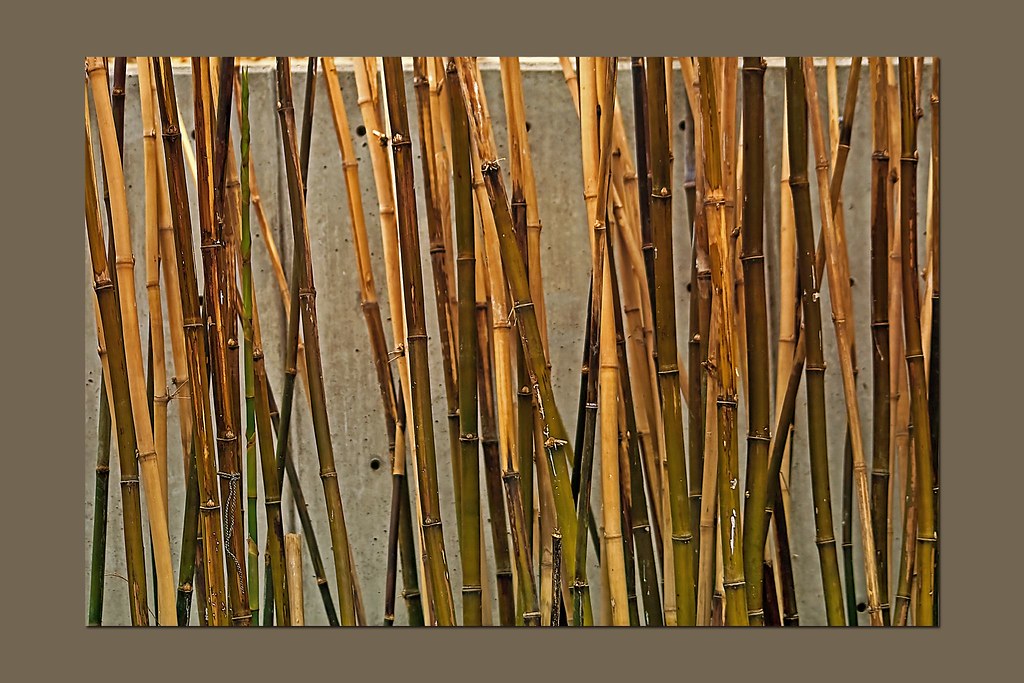
Recycled concrete is gaining popularity as a sustainable building material due to its numerous benefits. By reusing concrete waste from demolition sites, it reduces the need for new concrete production, thus conserving natural resources and reducing carbon emissions. Additionally, recycled concrete has comparable strength and durability to traditional concrete, making it suitable for a wide range of construction applications.
Bamboo is an excellent choice for sustainable building due to its versatility and renewable nature. As one of the fastest-growing plants on Earth, bamboo can be harvested in just a few years, making it a highly sustainable alternative to traditional timber. It is lightweight, yet incredibly strong, making it suitable for various structural applications. Furthermore, bamboo is naturally resistant to pests and can sequester a significant amount of carbon dioxide, making it an environmentally friendly choice.
Hempcrete is an innovative construction material made from the inner woody core of the hemp plant mixed with lime and water. It offers several advantages for sustainable construction. Hempcrete is lightweight, providing excellent insulation properties and reducing energy consumption. It is also fire-resistant, pest-resistant, and has excellent breathability, promoting a healthy indoor environment. Additionally, hemp plants absorb large amounts of carbon dioxide during their growth, making hempcrete a carbon-negative building material.
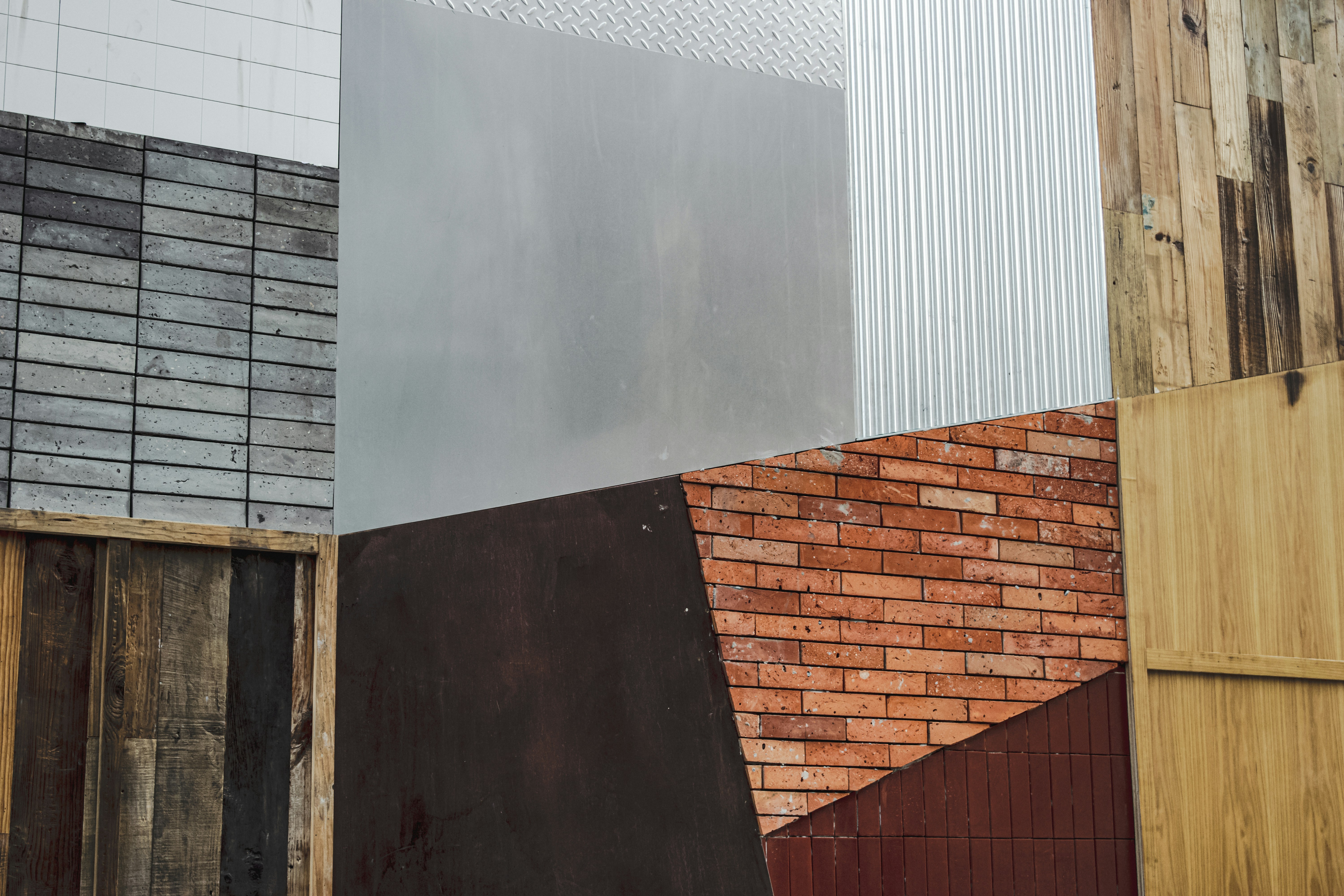
Recycled concrete offers numerous benefits and applications in sustainable construction. By reusing concrete waste, we can reduce the demand for new concrete production and minimize the environmental impact of construction projects. Additionally, recycled concrete can be used in various applications, such as road base, aggregate for new concrete, and as a base material for landscaping projects.
Bamboo is a versatile and renewable material that holds great potential for sustainable building. It is known for its rapid growth, which allows for quick replenishment and reduced environmental impact. Bamboo can be used in various construction applications, including flooring, walls, and even structural elements. Its strength, durability, and aesthetic appeal make it an attractive choice for sustainable construction projects.
Hempcrete is an innovative construction material made from the woody core of the hemp plant mixed with a lime-based binder. It offers excellent thermal insulation properties, breathability, and low environmental impact. Hempcrete can be used in wall construction, providing a sustainable alternative to traditional building materials. Its versatility and potential for carbon sequestration make it an exciting option for sustainable construction.
Geothermal heating is a sustainable method of utilizing the earth's natural heat for heating purposes in construction projects. This technique involves tapping into the heat stored beneath the earth's surface and transferring it to buildings for space heating and hot water. Geothermal heating systems typically consist of a network of pipes buried underground, which circulate a fluid that absorbs the heat from the ground and carries it to a heat pump inside the building. The heat pump then transfers the heat to the building's heating system. Geothermal heating is a renewable energy source that provides consistent and reliable heating, reduces greenhouse gas emissions, and minimizes reliance on fossil fuels.
Straw bale construction is an environmentally friendly and energy-efficient building method that utilizes straw bales as the primary building material. Straw bales are a byproduct of grain production and can be sourced locally, making them a low-cost and sustainable alternative to traditional construction materials. In this construction technique, the straw bales are stacked and tightly compressed to form the walls of the building. The bales provide excellent insulation properties, resulting in high energy efficiency and reduced heating and cooling costs. Additionally, straw bale construction has a lower carbon footprint compared to conventional construction methods, as it requires less energy-intensive materials and reduces waste generation.
Rainwater harvesting is a sustainable water management practice that involves collecting and storing rainwater for various uses in construction projects. This technique helps reduce reliance on freshwater sources and minimizes the strain on municipal water supply systems. Rainwater can be collected from rooftops, pavements, and other surfaces and stored in tanks or underground reservoirs. The collected rainwater can then be used for non-potable purposes such as irrigation, toilet flushing, and construction site activities. By implementing rainwater harvesting systems, construction projects can conserve water resources, reduce water bills, and contribute to overall sustainability efforts by reducing the demand for treated water.
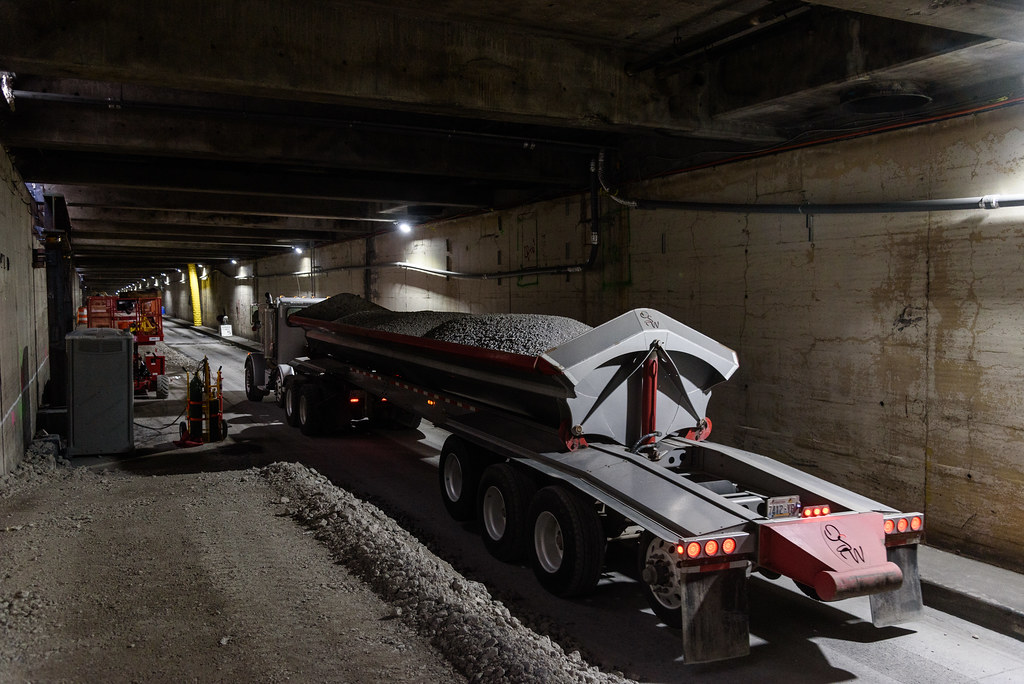
Utilizing Earth's Natural Heat for Sustainable Construction
A Low-Cost and Energy-Efficient Building Method
Sustainable Water Management in Construction Projects
A Byproduct with Potential for Sustainable Concrete Production
Sustainable Wood Options for Construction Projects
Incorporating Vertical Gardens for Sustainable Building Design
In conclusion, the use of sustainable construction materials has become increasingly significant in the modern world. As we strive to combat climate change and reduce our carbon footprint, the choice of eco-friendly options has a profound impact on the environment and our overall well-being. The top 10 sustainable construction materials highlighted in this article offer innovative solutions that not only minimize environmental harm but also promote energy efficiency and enhance the quality of our built environment. By embracing these materials, we can create structures that are not only aesthetically pleasing but also sustainable and resilient. As we move forward, it is crucial to continue exploring and adopting such materials to ensure a greener and more sustainable future for generations to come. Follow us on our social media accounts to stay updated on the latest developments and insights in the world of sustainable architecture and construction. Together, let's build a better and more sustainable world.
Immerse yourself in architecture’s most boundary-pushing ideas—where innovative home improvements meet visionary urban developments. Discover new building techniques, materials, and creative concepts that are redefining how we shape our spaces on a global scale.